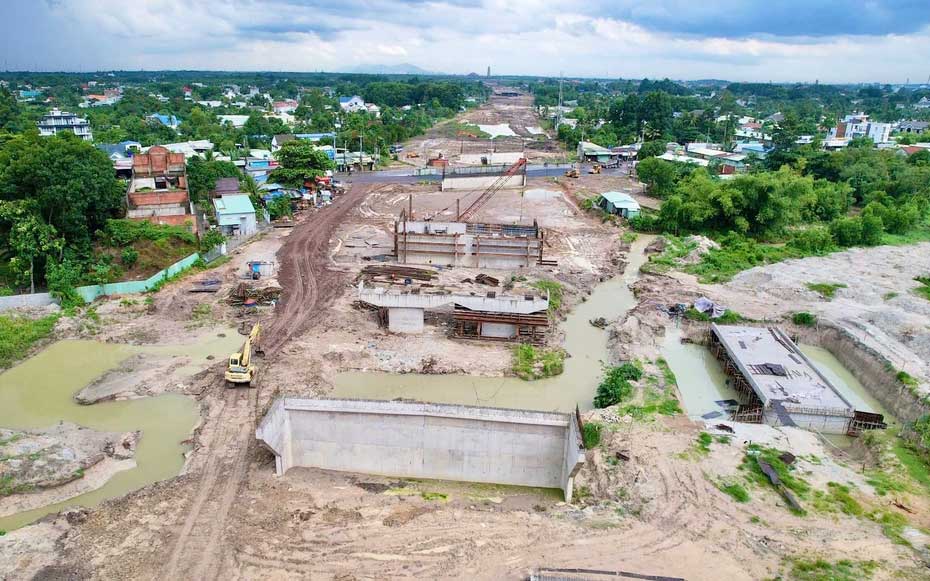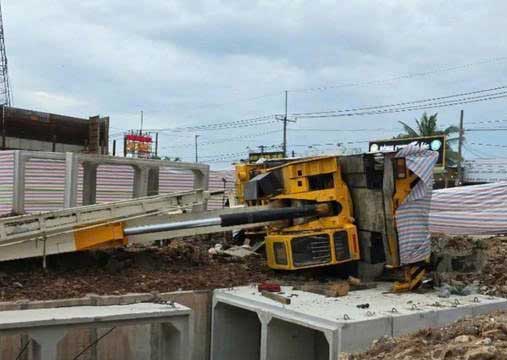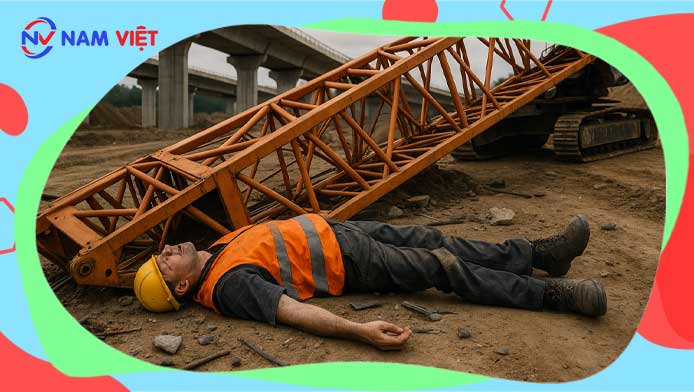Story about labor safety
Crane collapses and crushes a worker to death at Dong Nai expressway construction site
This article will analyze the occupational safety situation at expressway construction sites in Đồng Nai, particularly the challenges and necessary solutions to improve working conditions for workers. We will look at the causes of work-related accidents, the role of regulatory agencies, and the responsibility of construction companies in ensuring employee safety. The joint efforts of the community and all stakeholders are crucial to raising awareness and effectively enforcing occupational safety regulations.
1. Current Occupational Safety Situation at Expressway Construction Sites in Đồng Nai
In recent years, occupational safety at construction sites, especially at expressway projects such as Biên Hòa – Vũng Tàu, has become a major concern. Workers at these sites often face serious risks of work-related accidents, including fatalities, due to the lack of effective occupational safety measures. The occupational safety situation in Đồng Nai needs comprehensive improvements to protect the health and lives of workers. 
2. Causes and Consequences of Work-Related Accidents
Work-related accidents at construction sites, particularly due to crane failures or box culvert construction incidents, often occur for several reasons. The main causes include:
- Lack of experience and understanding of occupational safety regulations among workers.
- Insufficient safety equipment and inadequate construction conditions.
- Violations of safety supervision regulations by the construction company.
The consequences of work-related accidents not only cause physical harm to workers but also negatively affect the reputation of companies and expressway projects in Đồng Nai.

3. Measures to Improve Occupational Safety at the Biên Hòa – Vũng Tàu Expressway Project
To improve occupational safety at the Biên Hòa – Vũng Tàu expressway project, the following necessary measures can be applied:
- Enhance regular inspections and safety quality supervision.
- Provide periodic training for workers on skills and occupational safety regulations.
- Fully supply personal protective equipment to workers.
4. The Role of Regulatory Agencies in Supervising Occupational Safety
Regulatory agencies, such as the Đồng Nai Department of Construction and the Project Management Board, need to strengthen their responsibility in supervising the implementation of occupational safety regulations. They should adopt stricter policies against violations and firmly handle cases where contractors lack the operational capacity.
5. Construction Companies’ Responsibility for Employee Safety
Construction companies have the primary responsibility for ensuring worker safety. They must sign construction contracts with strict clauses related to occupational safety and regularly inspect construction conditions to prevent mistakes or incidents that could cause accidents.
6. Support for Funerals and Medical Costs When Accidents Occur
When work-related accidents occur, construction companies must take responsibility for covering funeral arrangements for victims and medical expenses. This is not only a legal obligation but also demonstrates their social responsibility toward workers and their families.
7. Warnings About Violations of Occupational Safety Regulations
Violations of occupational safety regulations must be promptly detected and addressed. Otherwise, the construction site could become a high-risk environment. Companies should be particularly cautious of violations related to construction equipment such as cranes and large structural components.
8. Calling on the Community to Strengthen Occupational Safety
The reality of work-related accidents in Đồng Nai requires the joint efforts of all sectors in society. The community needs to speak up, cooperate with authorities and companies, and raise awareness of occupational safety. Only when everyone works together can the occupational safety situation improve in a positive direction.

